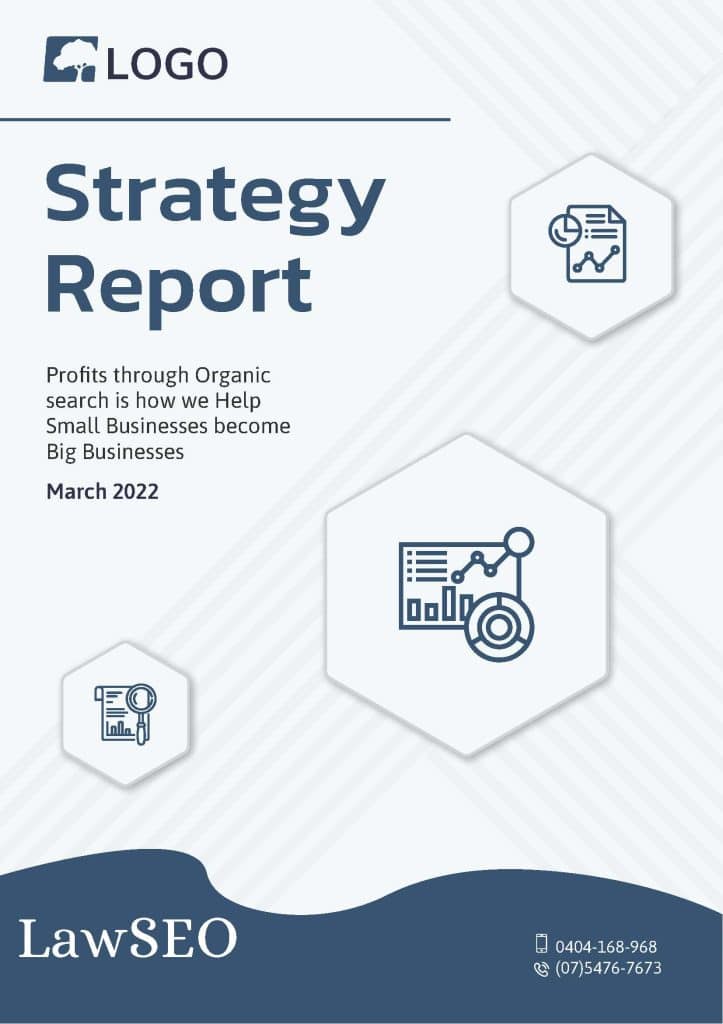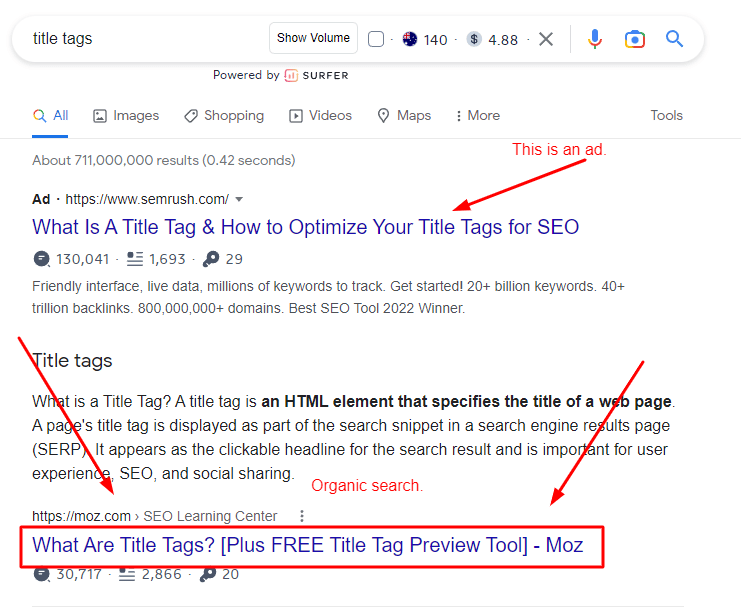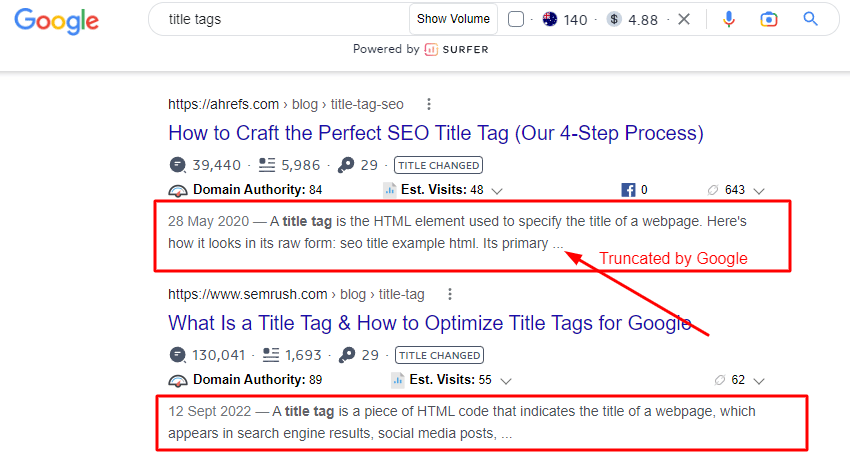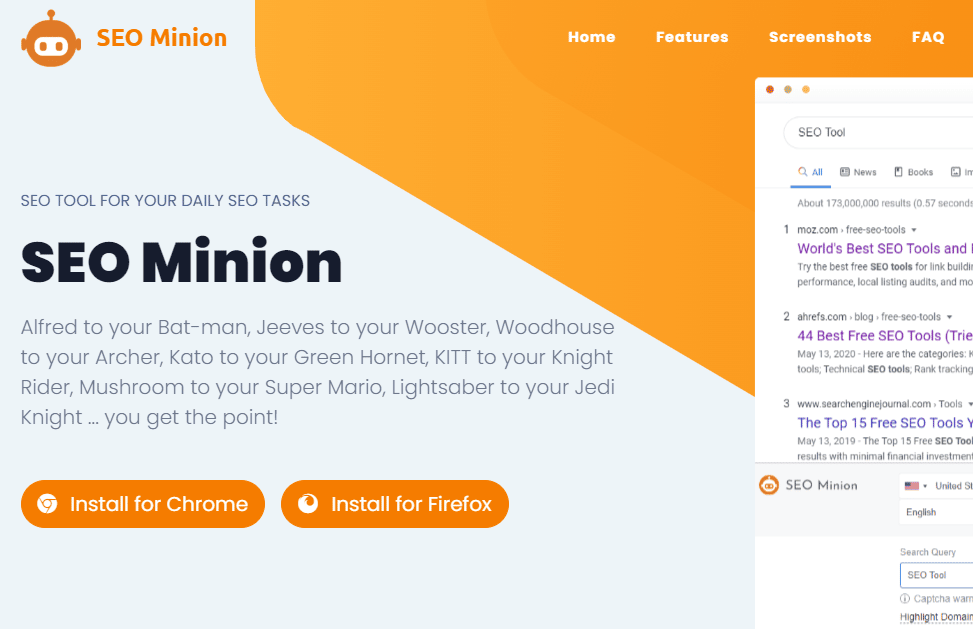Any law firm that wants to succeed in the modern digital era must have a strong web presence. But how can you stand out in the face of so much competition? An organised and effective Law firm SEO strategy is key to this. This article will explain the essential steps for an effective SEO strategy for law firms. We aim to help family law firms achieve online success from start to finish. So let’s get started!

Key takeaways from this post
- An effective law firm SEO plan is crucial for law firms to establish a solid online presence and attract more potential clients.
- Adding relevant keywords to a website, creating high-quality content, acquiring backlinks from trustworthy websites, and focusing on technical SEO are key.
- On-page optimisation includes optimising title, meta description, and header tags and creating high-quality, relevant, and keyword-rich content.
- Off-page optimisation involves activities away from the website that impacts its ranking, such as building backlinks, creating social media profiles, guest posts, directories and participating in online forums. Link building has the potential to acquire high-quality backlinks, which may increase the authority and visibility of a website.
Introduction
The benefit of SEO, also known as search engine optimisation for law firms, is that it will allow them to become more visible online.
The more we work on our client’s law firm SEO, the better their results will be for the legal firm’s website rankings. Especially on popular search engines like Google, Bing, Yahoo and new AI search engines like Phind.com. As a result, our law firms can attract more potential clients looking for legal services.
When developing a successful SEO plan for our family law clients, we consider these steps:
Define the focus and objectives of the law firm.
Add relevant keywords to the website.
Creating engaging and high-quality content
Acquire backlinks from trustworthy websites.
Focus your attention on technical SEO, including site structure and mobile optimisation.
Defining focus with research and analysis
Before attempting to write a blog, we perform audience research. It helps our clients understand the user’s needs and find ways to appeal to them. This includes their behaviours, pain points, and, more importantly, how and where they seek out firms like yours.
Insights into niche topics and competitor strategies. Researching the keywords used by clients and competitors can provide valuable insights. For example, a savvy family lawyer can use it to inform and improve their marketing efforts.
Having this information can produce blog content that connects to your readers on a more practical level.
Pro Tip: An SEO strategy is the first thing you should do before starting any marketing campaign. You can dive deep into understanding your audience. Do you have an SEO strategy? We can help; book a complimentary discovery session and learn how. |

Image: LawSEO Strategy report cover.
What is on-page optimisation?
On-page SEO refers to techniques and strategies used to improve websites.
On-page SEO helps our law clients optimise their websites to meet the criteria set by search engines such as Google. Search engine algorithms will check the relevance and authority of a web page, ensuring they are relevant to their user’s search queries.
Title tag, meta description, and header tags for Law Firm SEO
The title tag, meta description, and header tag are three essential factors of On-page SEO.
Title tags give you a brief description of the content, which informs Google about the subject of your page. We aim for less than 60 characters. Any more, and Google is likely to truncate your heading.
Image: Snapshot of Google SERP’s title tags.
The Meta description provides the user with a preview of what to expect from the page’s content. We aim for 158 characters; otherwise, you will likely be truncated by Google.
Image: Snapshot of Google SERPs with meta description (notice how Google have truncated it)
The Header tag shows the hierarchy of content on your page. It is easier for search engines to understand the structure of your content. Try using the SEO Minion Google chrome extension to review your header tags. Header tags range from Heading 1 to Heading 6, and 1 to 3 would be the most used.
Image: Screenshot of SEO Minion chrome extension with Header tags.
Pro Tip: We use Headline Analyzer Studio when crafting our headlines. Sometimes, we can spend 30 minutes or more on one headline for our clients law firm SEO. Pro Tip Bonus: Use the SEO Minion Google Chrome extension when reviewing your website pages. |

Image: Headline Analyser by coschedule. Try it for free.
Image: Headline Analyser by coschedule. Try it for free.
High-quality, relevant, and keyword-rich content
Quality and relevancy of your content are important factors in on-page optimisation. Search engines prefer high-quality, relevant, and keyword-rich content that is helpful to the reader.
It would help if you focused on creating helpful, engaging, and exciting content. Also, including relevant keywords will help to understand the context of your content.
In conclusion, any effective SEO strategy must include on-page optimisation. High-quality content, title tags and well-crafted descriptions will help your website rank higher.
Doing this gives our clients a better result bringing them more website traffic.
What are the benefits of Off-page optimisation?
Off-page SEO is a search engine optimisation strategy involving activities away from a website. These activities can still impact website ranking—or, as it implies, off-page.
Building backlinks from other websites to your own.
Creating social media profiles.
Participating in online forums and communities.
Securing mentions and citations of your website on other sites.
These activities help to bolster the authority and credibility of your website. In the eyes of search engines, this can then lead to higher rankings in search results.
Off-page law firm SEO is an intricate practice that requires careful consideration if you want to make the most out of your efforts. Engaging in off-page SEO is not about branding, marketing, public relations, and advertorials. While they may be a component of a well-rounded strategy, they are not the only aspects of it.
Key off-page optimisation factors: link building and social media
Link building is a crucial part of any successful off-page optimisation strategy. When done correctly, it involves obtaining high-quality backlinks. Backlinks from other websites to your own, thereby increasing the authority and visibility of your website. Link building helps create connections with other relevant websites. An enabler to build a network of opportunities for furthering your online presence.
Backlinks are an essential indicator for search engines that other websites recognise the value of a website’s content. This can increase your ranking on search result pages and draw more attention to your content. Additionally, through backlinks, you can create a network of relevant websites. A network of websites that builds relationships and extends a website’s reach further.
Social media is essential for expanding your reach and establishing a solid online presence. It can help you engage with more potential customers and boost your website’s rankings, which has the potential to increase the number of social shares and mentions—signalling to search engines that your website is relevant and active. Thus, having a positive effect on a website’s positioning in search results.
Pro Tip: When it comes to social media, our advice to Family Lawyers is to focus on platforms like Facebook and Linkedin. It has the potential to attract more new clients. Another way to grow your law firm SEO. |
Developing a solid online presence
Off-page optimisation benefits from having a solid online presence. This includes a strong social media presence, helpful blogs, and a well-managed website.
Creating helpful content has a better chance of finding new followers and attracting more clients.
Monitoring and measuring success
Analysing and evaluating the success of your law firm SEO strategy is another important step in SEO. This allows you to determine which processes are effective and which are ineffective.
You will miss opportunities if you don’t analyse and evaluate your SEO success. By doing this, you can make the necessary adjustments by monitoring the metrics of your campaigns.
Key Metrics to monitor, including search
Tracking key performance indicators (KPIs) associated with your efforts is essential. With this, you can make sure that your SEO strategy is successful.
Some of the significant indicators for tracking SEO performance are:
You may better grasp your SEO performance and spot areas for development by monitoring these metrics.
How to use analytics to track and improve your SEO efforts
Utilising analytics is essential for monitoring and enhancing your SEO efforts. Analytics will help you see patterns and trends in your SEO performance. Also, it will highlight the necessary insights into how an audience interacts with a website.
For instance, you can utilise analytics to identify your site’s traffic sources. This includes direct traffic, organic search, referrals, and tracking visitor dwell time.
You may use this information to decide how to increase your traffic. By doing this, our clients can better understand which areas of the website perform the best. Some of the important reasons to track performance are:
How many clicks a page receives.
How many user impressions.
What keywords are ranking for a given page.
Which topics are the most popular.
Final Thoughts
An effective law firm SEO strategy for family law firms should include research, strategic thinking, and close attention to detail.
Level up your legal firm’s marketing SEO game with a better strategy that covers all the fundamentals of SEO. Get started now and see the results for yourself.
As always, feedback is welcome. Contact us with any questions about how to grow your law firm with any of these proven methods.












